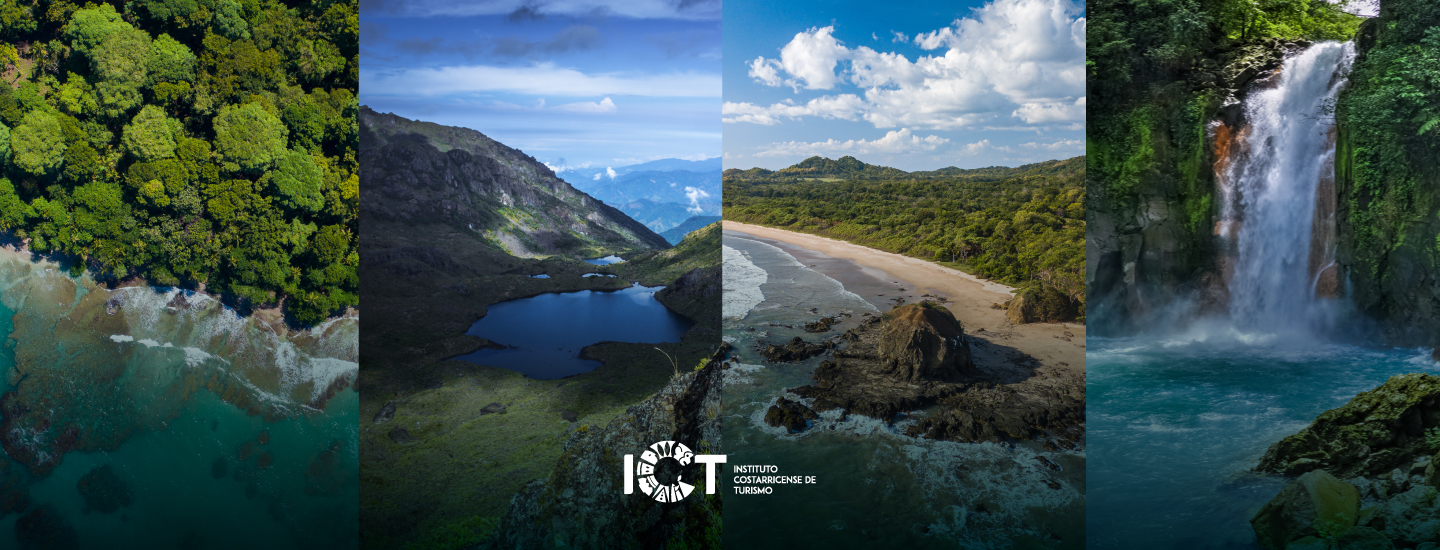Manuel Antonio National Park receives elite tourism sustainability certificate
- The certificate allows Manuel Antonio to achieve greater prominence in the ICT promotion strategy, exempts it from registration fees in international fairs and showcases the park as a sustainable tourism product.
- According to the Minister of Tourism, obtaining the CST will allow the park to contribute to the transition toward sustainable tourism as well as supporting local and regional socioeconomic development.
- The certification will enhance the competitiveness of the private sector, said the SINAC Executive Director.
San José. Manuel Antonio National Park, located in Quepos, Puntarenas, received an Elite-level Certificate of Sustainable Tourism (CST) from the Costa Rican Tourism Board (ICT) in January, announced Rafael Gutiérrez, Director of the National System of Conservation Areas (SINAC).
The purpose of this recognition is to make the concept of sustainability into something real, practical and necessary for the country’s tourism competitiveness, with a view to improving the way in which natural and social resources are used.
The process of obtaining this certificate was initiated by SINAC in March 2020 and culminated with the ICT’s Technical Verification Commission (CTV) granting the Elite CST for this Protected Wildlife Area in January of this year.
The Minister of Tourism, Gustavo Segura, said that SINAC has shown that a National Park can be sustainably managed by “contemplating aspects of business management and the measurement of social, environmental, cultural and economic impact, as well as working with the communities of the surrounding areas”.
“Obtaining the CST is a commendable achievement from several points of view, since in addition to the management of natural resources and environmental protection, the area will contribute to a further transition towards sustainable tourism and serve as a link to strengthen local and regional socioeconomic development,” added the minister.
This recognition provides Manuel Antonio National Park with competitive advantages that include the following:
- It will benefit from the wider ICT marketing strategy, since the CST brand is linked to Costa Rica’s national tourism promotion efforts.
- Cost savings. The Protected Wildlife Area will have its registration fee partially or totally waived when participating in international fairs.
- SINAC will be able to use the CST brand in the promotional material of the Protected Wildlife Area, allowing it to stand out among tourist options thanks to its new sustainability designation.
- International websites. The National Park will be featured on the website turismo-sostenible.co.cr, which is available in English, French and Spanish and on the following websites: www.sustainable-tourism.co.cr; www.turismo-sostenible.co.cr and www.visitecostarica.com.
“This certification helps to strengthen the social, cultural, environmental, economic and development work in tourist destinations. For SINAC, having this certification provides an incentive for the participation of local communities while also supporting the competitiveness of the private sector,” said Gutierrez.
The initial request from SINAC came from the Administration of Manuel Antonio National Park to the Sustainable Tourism Program in March 2020. By November 2020, the park had been able to meet the necessary requirements.
In January 2021, the CTV approved the park’s application for Elite status.
The Regional Director of the Central Pacific Conservation Area, Luis Sánchez, explained that national park officials and the Costa Rican Tourism Board provided valuable assistance throughout the entire process.
The Certificate of Tourism Sustainability is based on the CST 2.0 Standard, which was published in the Costa Rican Official Gazette on April 25, 2018. There are two levels of certification, Basic and Elite. The Elite status, which was obtained by Manuel Antonio, acknowledges excellence in four areas: a) organizational management, b) social, economic and cultural impact, c) environmental impact and 4) sectoral aspects.

